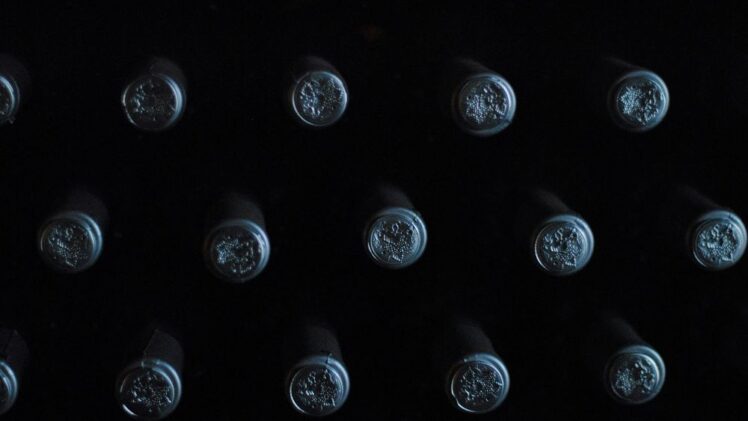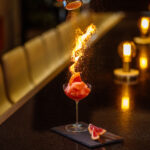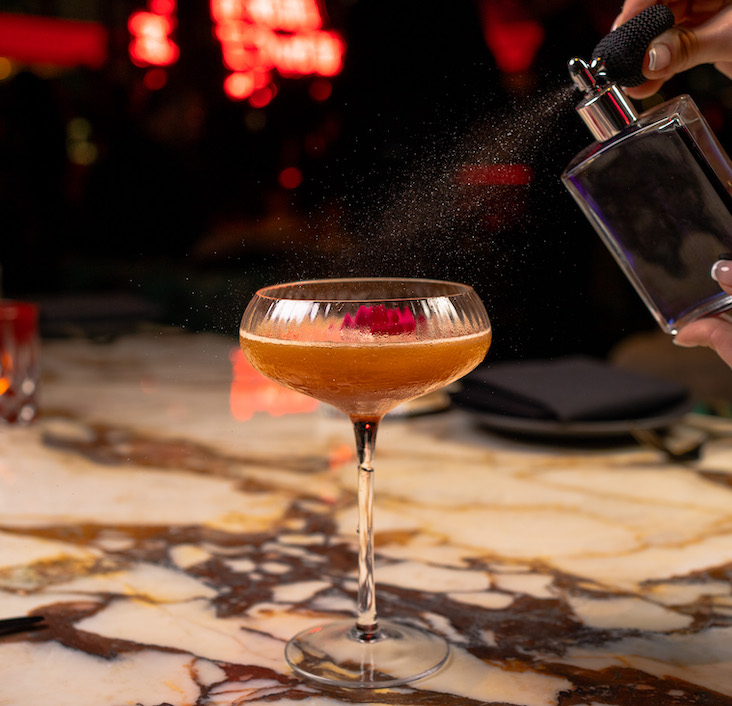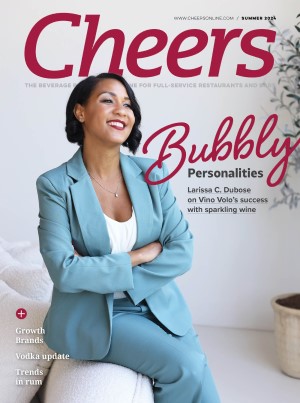Why does the wine category struggle with Millennials and Gen Z? It’s a pressing question as the industry enters potentially treacherous waters in 2024 and ahead.
The wine industry had been on an upward trajectory since 1997, averaging growth levels over 2% through 2018, according to data from The Beverage Information Group, the data partner of Cheers magazine. But the rate of growth has decelerated since 2004.
Why? Baby Boomers began drinking less wine — and less alcohol in general — while younger consumers continued to explore other beverage alcohol categories. As consumers increasingly switched between categories, wine volume has remained mostly flat since 2018. Growth remained stalled in 2019, but rebounded in 2021, as the on-premise returned with Covid-19 fading.
But after bars and restaurants initially re-stocked their inventories, sales of wine decelerated while sales of spirits rose. Then in 2022, total wine fell 2% as volume consumption returned to normal pre-pandemic levels.
Selling wine has become more challenging as aging Baby Boomers are drinking less overall and nearing retirement age when typically, their spending declines. Gen Xers and Millennials have grown up in an entirely different world.
Beers now come from thousands of small breweries and in a huge variety of styles. Mixology has become a respected craft in which creativity and the quality of every ingredient matters. What’s more, the growing interest in a year-round lifestyle that embraces health, wellness and social moderation, is having a notable impact on the wine industry.
Drinking less overall
The wine industry had hoped that Millennials would become the generation to lead the industry into the new era of growth. But these younger consumers have shown no indication yet that they are interested in having significant engagement with the category to the extent of the Boomer generation. Instead, they buy much less wine than their parents, while increasingly turning to distilled spirits, ready-to-drink cocktails, hard seltzers and low/non-alcoholic beverages.
Millennials are a more discerning generation at a younger age, having grown up in a world that has encouraged being more of a connoisseur than when Boomers were young. Social media has also given everybody the opportunity to voice their opinions. Millennials can have less disposable income than their parents, are incumbered by student debt, have fewer middle-class job opportunities and lack optimism that they can ever afford real estate.
That’s a primary reason that Millennials have gravitated to beer and spirits rather than wine. A high-end beer or a craft cocktail at a restaurant can cost the same as a glass of ordinary wine. Generally, good wine is more expensive than beer or spirits of comparable quality.
Meanwhile, Generation X has often been overlooked by the industry. While Gen X has less buying power due to its smaller population proportion versus Boomers, its wine-buying behavior does not seem that different from that of Boomers.
The unfortunate truth is that younger people, for the most part, are not interested in wine, and the industry has not done enough to entice them into become regular consumers. By some industry projections, sales of American wine could fall about 20% in the next decade.
It’s clear that something must be done to reach younger drinkers. But how can the industry become more relevant to these consumers?
Changing demographics
One of the shortcomings of the industry is that it hasn’t recognized the changing demographics of younger consumers. For example, although just 28% of the Boomer population is nonwhite, 45% of the Millennial population and nearly half of Gen Z is nonwhite. The industry has been slow to diversify its appeal to make it a more welcoming and inclusive category.
Younger consumers have taken note of this. They tend to be more concerned with social justice and with health and environmental issues, including climate change. The social values a brand or company represents are increasingly connected to a consumer’s decision to purchase those products. Wine is not exempt from this sentiment.
One way for wine brands to resonate with younger consumers, as many spirit brands have already done, is to define their social values, and their efforts to address environmental concerns. Providing transparency regarding product ingredients and nutritional data, including calories per serving, can also help dispel the long-held misconception among consumers that wine is high in sugar. In fact, younger people have demonstrated they are drawn to natural wines and to traditional styles.
Although younger consumers are drinking on a much more occasional basis, they have exhibited a propensity to spend more money when they do buy wines that appeal to them. They’re more adventurous, but know less about specific regions and varietals.
They are also becoming less interested in well-known name brands and varietal pedigree, rather opting for smaller, niche brands with a backstory. Accordingly, brands should be creative in their brand and messaging and convey the value of each product, particularly more premium wine offerings.
The younger consumers are also interested in moderation. Low-alcohol wines have tracked well in that demographic, particularly products that use low-ABV as a marketing point and differentiating factor. Alternative packaging — wines in cans or boxes, or any packaging that promotes small-consumption or on-the-go drinking — will increase wine’s appeal.
Younger wine drinkers are enticed by experience-led drinking occasions that provide an alternative to the at-home drinking occasion. Brands should consider creative tasting experiences at the on-premise that showcase a wide range of wine varieties to create excitement among drinkers.
These events should be affordable and accessible, ideally aligned with a venue’s menu to pair food with wines and highlight the wine’s origins. This experience can even be elevated further by integrating art or music or having an education session that includes the winemakers.
Meaningful authentic engagement
It’s important to embrace current trends and listen to what younger consumers are asking for. They want real experiences with the brands — whether in person or digitally — to drive meaningful authentic engagement that builds long-term customers.
For wineries, attracting younger visitors involves providing a complete experience of interacting with the brands, not just a particular bottle. Young visitors desire more from their tastings: Having the opportunity to walk through the vineyards and see the grapes that make the wine, learning about the behind-the-scenes processes, or tasting wines alongside ethically sourced and locally produced artisan foods.
Brands and suppliers should also leverage their social media as a resource for young consumers to explore and experience the fun of wine via an accessible approach. For example, several wine brands are now use a QR code on their back labels to provide easy access to the wine’s backstory, tasting notes, pairing suggestions and information on winemaking practices and regions.
Given that there is more competition for alcohol market share with a greater variety of alcoholic beverages for consumers to select from, the wine industry needs to spend more on advertising and promotional programs that accentuate the fun and social aspect of wine.
The factors holding back the wine business today need to be critically assessed to convert the younger demographics as they grow in purchasing power. Wine is a vibrant, dynamic industry with potentially as much modern appeal to younger consumers as any other beverage alcohol category. It just must do a better job at listening and responding to today’s consumer to grow its future.
Feature photo by Biljana Martinić on Unsplash.
Marina Velez is Research Director, Data & Insights for The Beverage Information Group. For more information on the wine category please visit the Beverage Information Group’s website or contact Marina Velez, mvelez@epgspecialtyinformation.com or 763-383-4453.







